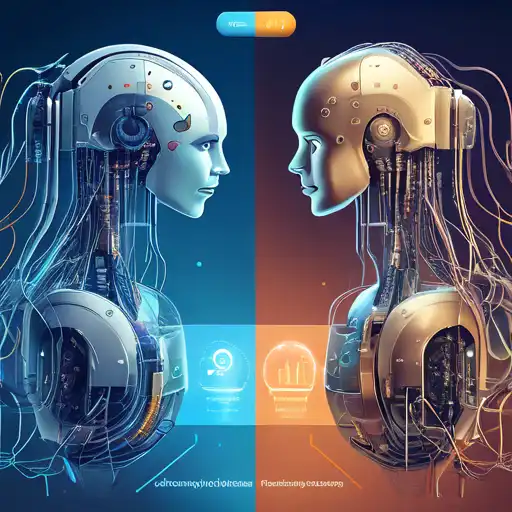Introduction to Machine Learning and Deep Learning
In the realm of artificial intelligence (AI), machine learning and deep learning are two of the most talked-about technologies. While they are often used interchangeably, they have distinct differences that set them apart. This article delves into the key differences between machine learning and deep learning, providing insights into how each technology operates and where they are best applied.
What is Machine Learning?
Machine learning is a subset of AI that enables systems to learn from data, identify patterns, and make decisions with minimal human intervention. It uses algorithms to parse data, learn from it, and then make informed decisions based on what it has learned.
Types of Machine Learning
- Supervised Learning: The algorithm learns from labeled data.
- Unsupervised Learning: The algorithm learns from unlabeled data.
- Reinforcement Learning: The algorithm learns through trial and error to achieve a clear objective.
What is Deep Learning?
Deep learning is a subset of machine learning that uses neural networks with many layers (hence the term 'deep') to analyze various factors of data. It is capable of learning unsupervised from data that is unstructured or unlabeled.
Key Features of Deep Learning
- Automatic Feature Extraction: Deep learning algorithms can automatically identify the features to be used for classification.
- Handling Large Datasets: They are particularly effective when dealing with large volumes of data.
- Complex Problem Solving: Deep learning excels in solving complex problems that involve a lot of data, such as image and speech recognition.
Machine Learning vs. Deep Learning: Key Differences
While both machine learning and deep learning fall under the umbrella of AI, there are several key differences between them:
- Data Dependency: Deep learning requires large amounts of data to perform well, whereas machine learning can work with smaller datasets.
- Hardware Requirements: Deep learning algorithms are computationally intensive and often require powerful hardware, such as GPUs.
- Feature Engineering: In machine learning, feature extraction is mostly manual, whereas deep learning automates this process.
- Interpretability: Machine learning models are easier to interpret than deep learning models, which are often considered 'black boxes'.
Choosing Between Machine Learning and Deep Learning
The choice between machine learning and deep learning depends on the specific problem you're trying to solve, the amount of data you have, and the computational resources at your disposal. For simpler problems with limited data, machine learning might be the better option. However, for complex problems that involve large datasets, deep learning could provide more accurate results.
Conclusion
Understanding the differences between machine learning and deep learning is crucial for anyone looking to leverage AI technologies. While they share some similarities, their applications, data requirements, and computational needs differ significantly. By choosing the right approach for your project, you can optimize performance and achieve better results.
